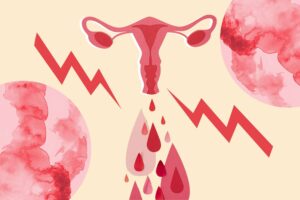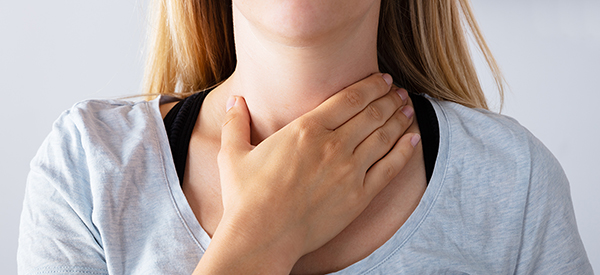Women face cramps and pain in the abdomen and lower abdomen area during periods known as dysmenorrhea in medical terms. It happens when a chemical called prostaglandin contracts or tightens up the uterus.
Types
- Primary- It is the most common type of menstrual cramps. It causes pain in the lower abdomen, thighs or back. The pain sometimes starts before the bleeding. One can experience pain till three days. One might face some other symptoms also along with pain are- nausea, diarrhea, vacating and fatigue.
- Secondary- If the period’s pain is because of any infection in female reproductive organ, and then it is called secondary dysmenorrhea. Other than pain, it doesn’t show any the symptoms of primary dysmenorrhea. It may occur due to other conditions like-
- endometriosis- It is a very painful disorder. It occurs due to the growth of tissue (which resembles the lining of uterus) outside the uterus. It is a painful condition. Sometimes internal pain is also seen in this case.
- Adenomyosis– It is a condition where the outer lining of the uterus grows into the muscle of the uterus. It causes severe bleeding and pain.
- Fibroids– Fibroids are benign tumors which grows on the inside, outside or in the walls of the uterus.
- PID(Pelvic inflammatory disease)– It is basically an infection, caused by a bacteria which originates in the uterus and gradually spreads to different reproductive organs.
Symptoms of endometriosis
- Severe pain during periods
- Excessive bleeding
- Pain during urination
- Infertility
- Pain during intercourse
- Nausea
- Constipation
- Fatigue
- Diarrhea
- Bloating

Treatment
- Conservative management (medicinal) – analgesic with gas medicine, oral contraceptive pill, hormonal medicine, some types of injections. Permanent solution to this is menopause.
- Surgical methods- after undergoing surgery for this also, it may reoccur. Sometimes, laparoscopic hysterectomy is also advised.
Diagnosis
- Ultrasound
- MRI
- Transvaginal ultrasound
Reference:
https://my.clevelandclinic.org/health/diseases/4148-dysmenorrhea
Refer to the video by Dr. J.P. Pani





